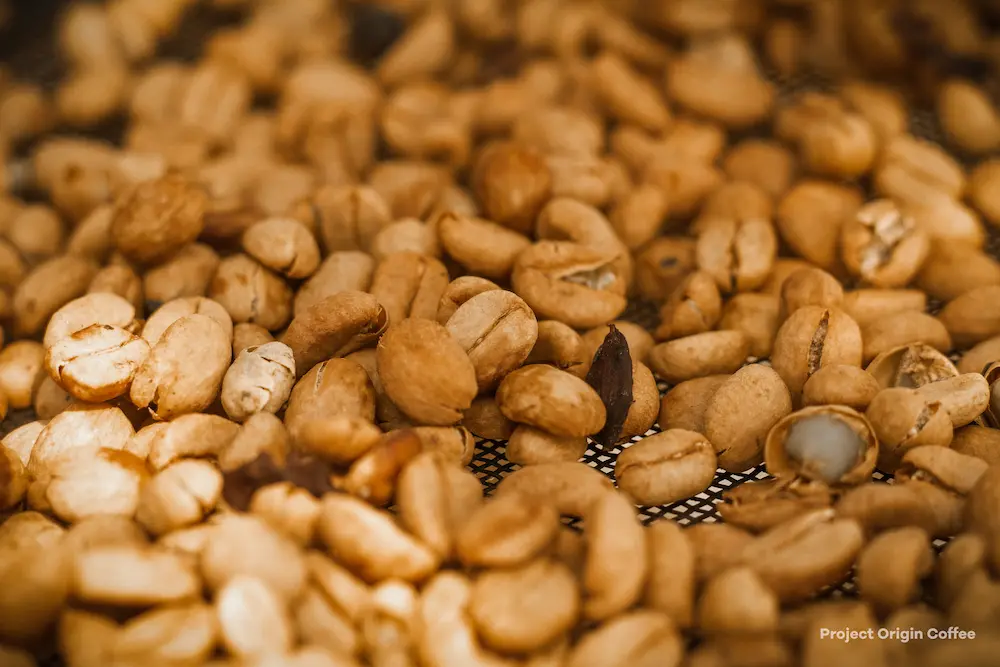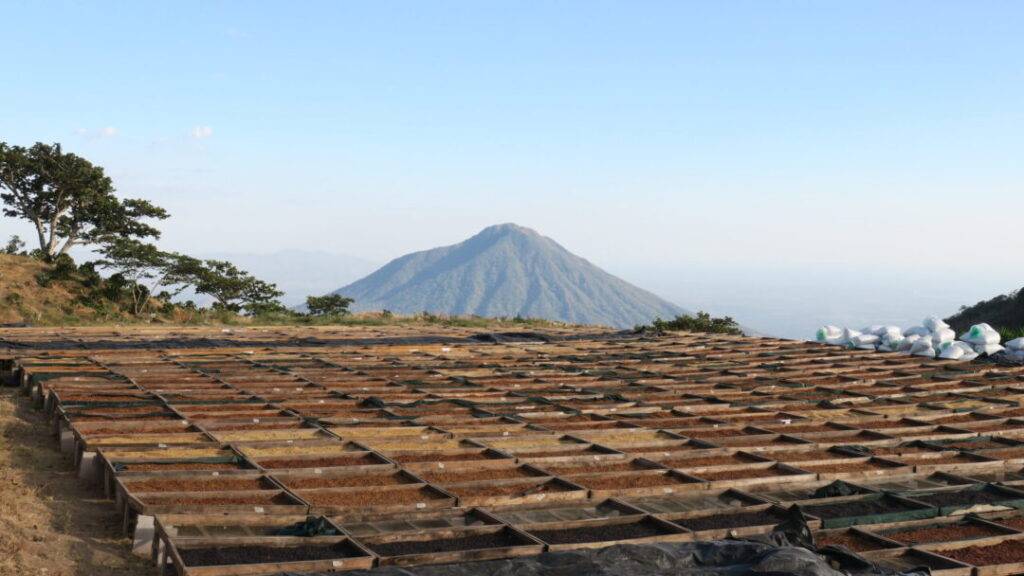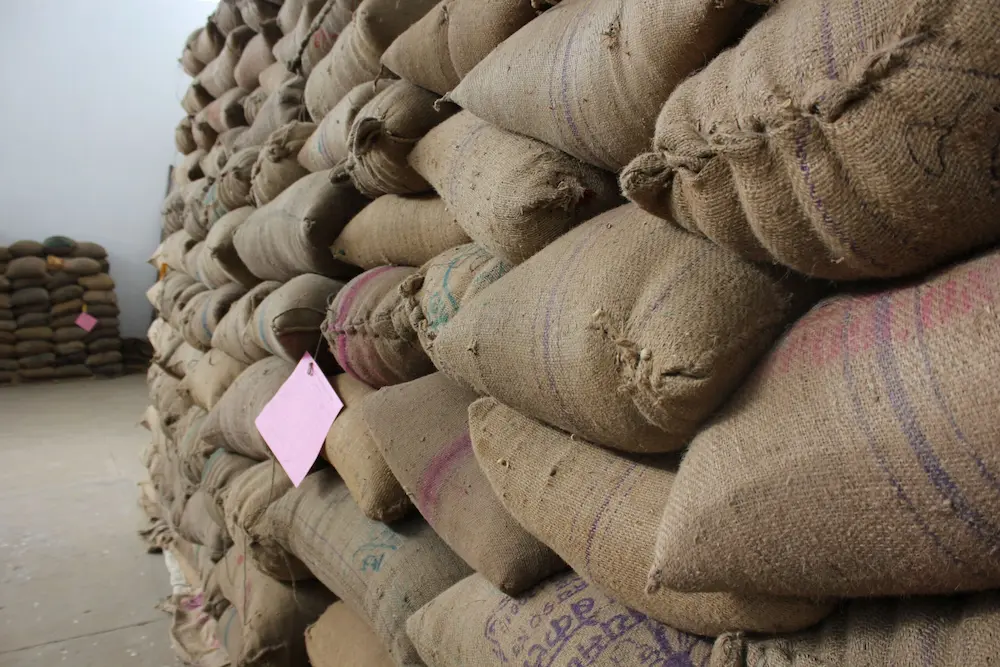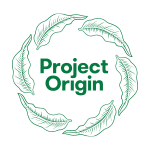

Whilst we all desire to work with fresh crop lots and revel in its vibrancy, are you aware that your access to ‘fresh crop’ may not be as ‘fresh’ as you think, making it important to understand what this term really refers to and how we approach the term.
Green beans arrive at your roastery 4-8 months after harvest, and this is assuming you receive the beans immediately after we do. Let’s say you roast those beans over the next couple of months, that means you are using coffee beans that are 6-10 months old in the most optimal and streamlined timeline possible.
It is very reasonable to assume that most green beans are roasted somewhere between 6-18 months post harvest. So, where does this leave us with the term ‘fresh crop’ and the need to chase it? Whilst you may be able to put a dated timeline on this term, we think that perhaps, we should be able to approach non-fresh-crop lots with a little leniency toward flavour expression, and not jump immediately from a lot being called fresh crop to old crop without room in the middle.
Now that we have addressed fresh crop, it is worth mentioning the potentials and the downfalls of old crop, too. Don’t get us wrong – old crop and stale coffee certainly has a character that is not akin to the vibrancy we love in fresh harvest stock.
It may be colloquially considered to define a lot as ‘old crop’ if the latest harvest cycle has begun again, and a fresher crop is available for use, but does this mean the coffee is bad and stale? We would argue not. In our experience of cupping and storing green coffee from over 15 origins for several years, there is no definitive time after a harvest that coffee should shift into that category of ‘old crop’ as if to imply quality dropping is directly related to time. Coffee should be assessed case by case, cup by cup, and the performance of the lot when cupping should outweigh its time post harvest.
So, what can influence this longevity of the profile if time is a variable? Many factors about coffee can impact its longevity and age-ability. These include the beans’ density – which is closely related to, but not solely defined by, the altitude in which it was grown – processing techniques, drying methods and drying times, storage conditions – both at the farm post processing and in our warehouses – packaging type and condition, moisture level, and moisture stability. Project Origin measures variables such as moisture level and humidity in an attempt to preserve our green beans throughout its post-harvested and imported life.
Natural, anaerobic style processes, carbonic maceration, and supernatural style processing methods often allow a coffee to hold a more stable profile shelf life due to the increased sugars in the bean from leaving the fruit on during fermentation and drying. Whilst it is often typical that clean washed processed coffees lose their vibrancy with age, we think the containment of sugars in the beans from naturally processed lots allow that shelf life to hold on that little bit longer, redefining where we would place that ‘fresh crop’/’old crop’ timeline division.
Since we, at Project Origin, value cup profile as one of our primary determinations of quality, we often assess and reassess lots as they age to understand how we approach the concept of old and new crops, and in our time of cupping, assessing, and re-cupping and reassessing, we think that the line dividing ‘fresh crop’ and ‘old crop’ is a little blurred. At the end of the day, it’s all about the profile in the cup – do you like it? Yes? Then, amazing.
Want to read more? Check out our article on Ageing Green Beans here.

Manténgase actualizado con nuestros proyectos Project Origin y las últimas importaciones de granos de café verde de especialidad
Reconocemos a los Dueños Tradicionales de la tierra en la que trabajamos, el pueblo Ngunnawal. Rendimos homenaje a los ancianos del pasado, presentes y emergentes.
